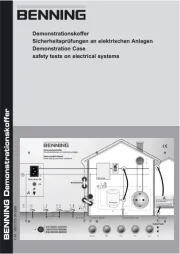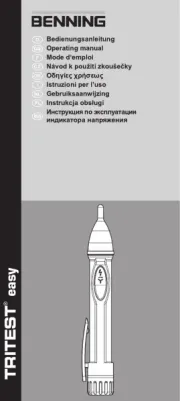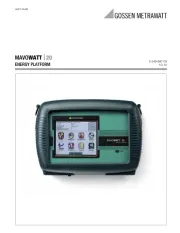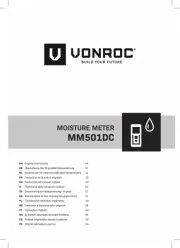BENNING Profipol Manual
Læs gratis den danske manual til BENNING Profipol (20 sider) i kategorien Måleinstrumenter. Denne vejledning er vurderet som hjælpsom af 6 personer og har en gennemsnitlig bedømmelse på 4.4 stjerner ud af 3.5 anmeldelser.
Har du et spørgsmål om BENNING Profipol, eller vil du spørge andre brugere om produktet?

Produkt Specifikationer
| Mærke: | BENNING |
| Kategori: | Måleinstrumenter |
| Model: | Profipol |
Har du brug for hjælp?
Hvis du har brug for hjælp til BENNING Profipol stil et spørgsmål nedenfor, og andre brugere vil svare dig
Måleinstrumenter BENNING Manualer










Måleinstrumenter Manualer
- Beha-Amprobe
- Perel
- Voltcraft
- Ideal Networks
- GMC Instruments
- Nieaf-Smitt
- Elma
- Skil
- Trotec
- Mercury
- Vonroc
- Gossen Metrawatt
- Leica
- Metrel
- Burg Wächter
Nyeste Måleinstrumenter Manualer









